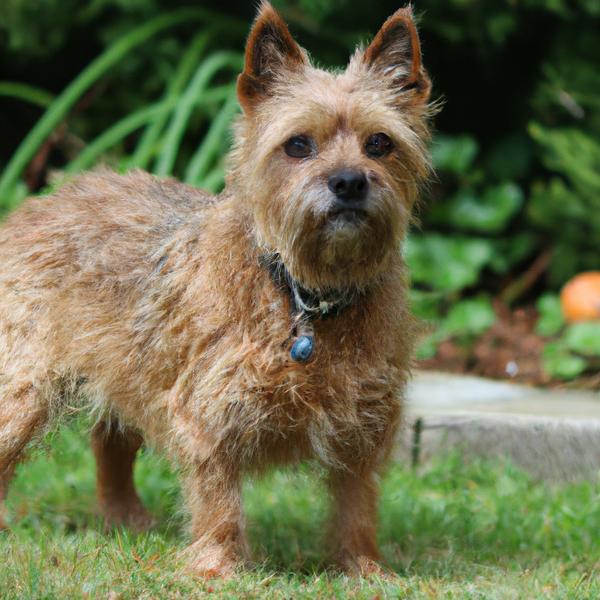Labraheeler vs. Norfolk Terrier: Breed Differences and Similarities
Hypoallergenic
Are Labraheelers or Norfolk Terriers hypoallergenic, or neither?
Unfortunately, the Labraheeler is not hypoallergenic, making it not a good choice for a dog lover who suffers from pet allergies.
While no dogs are truly 100% hypoallergenic, Norfolk Terriers are about as close as it gets, making them an ideal pet if you are an allergy sufferer.
Temperament
What are the personalities of Labraheeler and Norfolk Terrier dogs?
Playful
Loving
Energetic
Protective
Alert
Intelligent
Friendly
Responsive
Affectionate
Loyal
Gentle
Going
Social
Aggressive
Cheerful
Companionable
Happy
Selfish
Confidence
Intelligent
Fearless
Lovable
Spirited
Shedding Level
Do Labraheelers shed more than Norfolk Terriers, or which breed sheds more, Labraheelers or Norfolk Terriers?
Labraheelers are moderate shedders, but regular brushing can reduce shedding and maintain coat health.
Norfolk Terriers shed very little hair, making them a great choice for those who dislike excess hair in the house.
Watchdog Ability
Which dog breed makes a better watchdog, the Labraheeler or Norfolk Terrier?
The Labraheeler and Norfolk Terrier dogs are average watchdogs. If they sense something different, these breeds will alert their owner.
Ancestry
What are the origins of Labraheeler and Norfolk Terrier breeds?
Australian Cattle Dog and Labrador Retriever
terrier
Date of Birth
When were Labraheeler and Norfolk Terrier breeds first developed?
Unknown
1800s
Eye Color Possibilites
What are the eye colors of Labraheeler and Norfolk Terrier dogs?
Blue
Hazel
Brown
Brown
Nose Color Possibilites
What are the natural nose colors of Labraheeler and Norfolk Terrier?
Black
Brown
Isabella
Black
Coat Color Possibilites
What are the natural colors of the coat for Labraheeler and Norfolk Terrier breeds?
Black
Blue
Red
White
Cream
Brindle
Brown
Black
Red
Brown
Fawn
Coat Length
What is the typical coat length for Labraheeler and Norfolk Terrier breeds?
Labraheelers have coats that can be either short or medium in length.
Norfolk Terriers have short coats.
Coat Density
What is the density of the coat of Labraheeler and Norfolk Terrier?
Coat Texture
What is the hair texture of Labraheeler and Norfolk Terrier?
Straight
Wiry
Litter Size
What is the usual litter size for Labraheeler and Norfolk Terrier?
A Labraheeler can have a litter of 5-10 puppies on average. However, it's worth noting that the size of the litters can vary greatly. Factors that can influence litter size include the health of the mother, breeding history, and genetics.
A Norfolk Terrier can have a litter of 12-15 puppies on average. However, it's worth noting that the size of the litters can vary greatly. Factors that can influence litter size include the health of the mother, breeding history, and genetics.
Adaptability
Labraheelers are known for their adaptability and can adjust well to different environments and lifestyle changes.
Norfolk Terriers are highly adaptable and versatile, making them excellent companions for families and individuals of all lifestyles.
Health Issues
Between Labraheeler and Norfolk Terrier, which breed is more prone to health problems?
Labraheeler and Norfolk Terrier breeds are generally considered to be healthy. However, like all breeds, they are susceptible to certain health issues and it is important to keep an eye out for them and address them with your veterinarian as needed.
Major Concerns
What are the major health concerns for Labraheeler and Norfolk Terrier breeds?
Patellar Luxation
Progressive Retinal Atrophy
Hip Dysplasia
Arthritis
Mitral Valve Disease
Minor Concerns
What minor health issues should be kept in mind when owning Labraheeler and Norfolk Terrier?
Elbow Dysplasia
Cataracts
Cataracts
Occasional Tests
What occasional tests are recommended for Labraheeler and Norfolk Terrier breeds?
MRI
CT Scan
Physical Examination
Ultrasound
Radiographs
Urinalysis
Joint Fluid Sample
Complete Blood Profile
Blood Count
Chemical Analysis
Chest X-rays
Complete Ophthalmologic Examination
Electroretinogram (ERG)
Cardiac
Eye Examination
Physical Examination
Energy
How do the energy levels of Labraheelers and Norfolk Terriers compare?
Labraheeler and Norfolk Terrier breeds are known for their high energy levels, so if you're looking for a more low-key dog, these breeds may not be the best choice.
Social Needs
Labraheeler vs Norfolk Terrier social needs comparison
Labraheeler has above average social needs and thrives with interaction with humans and other dogs.
Norfolk Terrier has average social needs and is less independent than other breeds.
Exercise Needed
Labraheeler vs Norfolk Terrier exercise need comparison.
Labraheelers need high physical activity and are ideal for active individuals, but not suitable for sedentary lifestyles or small apartments.
Norfolk Terriers require significant physical activity and suit those with an active lifestyle.
Sleeping Need
Which of the two sleeps the most/least: Labraheeler or Norfolk Terrier?
Labraheelers are active and require sufficient sleep to stay healthy.
Norfolk Terriers sleep less than other breeds but still need adequate sleep for good health.
Tendency to Bark
Do Labraheelers or Norfolk Terriers bark more/less frequently?
Labraheeler dogs are generally less vocal than other breeds and only bark when necessary, such as to alert their owner or communicate.
The Norfolk Terrier is a vocal breed that frequently barks and howls, and may not be suitable for those seeking a quiet companion.
Mouthiness
Mouthiness Comparison: Labraheeler vs Norfolk Terrier?
Roaming urge
Labraheeler vs Labrador: Running away tendency?
Prey Drive
Labraheeler or Norfolk Terrier - which breed has a higher level of prey drive?
Activity Level
Which breed has higher energy, Labraheelers or Norfolk Terriers?
Labraheelers are high-energy dogs. They need mental as well as physical exercise. These dogs require a lot of your involvement and without it they can, and will, become problematic dogs.
Norfolk Terriers are medium-energy dogs and typically enjoy socializing and playing casual or even sustained games of chase with other dogs. They may also have occasional periods of barking or racing around the house.
Tolerance of being left alone
Walks per Week
How many miles should Labraheeler or Norfolk Terrier walk each week?
There's really no limit to how far you walk your dog as long as they're comfortable. For Labraheeler, it's at least 10 miles / week. Just remember to build distance and stamina gradually over time.
There's really no limit to how far you walk your dog as long as they're comfortable. For Norfolk Terrier, it's at least 4 miles / week. Just remember to build distance and stamina gradually over time.
Activity per Day
Do Labraheelers or Norfolk Terriers require more exercise?
In general most Labraheelers usually need at least 60 minutes of exercise daily. This can be spread across the day and include all sorts of high-energy activities, like walking, running and playing.
In general most Norfolk Terriers usually need at least 30 minutes of exercise daily. This can be spread across the day and include all sorts of high-energy activities, like walking, running and playing.
Grooming
Which breed is easier to maintain in terms of grooming, Labraheelers or Norfolk Terriers?
The Labraheeler is a low-maintenance breed that doesn't require much grooming.
The Norfolk Terrier requires an average amount of grooming compared to other breeds.
Brushing Frequency
What is the recommended brushing frequency for Labraheeler and Norfolk Terrier dogs?
Labraheeler and Norfolk Terrier should be brushed at least once a week. Of course, you can give them more frequent brushes if you find that they are still shedding a lot.
Brushing Tools
What brushing tools are used for Labraheelers and Norfolk Terriers?
Pin Brush
Comb
Nail Clipper
Slicker Brush
Comb
Scissors
Clipper
Nail Clipper
Cups
How much food should be given to Labraheeler or Norfolk Terrier in cups?
For an average 19-25 pound (9 - 11 kg) Labraheeler feed 2.5 cups daily. But, keep in mind, the amount you feed is going to be dependent on the quality of the food you are feeding.
For an average 11-12 pound (5 - 5 kg) Norfolk Terrier feed 1 cups daily. But, keep in mind, the amount you feed is going to be dependent on the quality of the food you are feeding.
Daily Cost
Which breed has a higher daily cost, Labraheeler or Norfolk Terrier?
The average cost of a Labraheeler is somewhere $1.70 - $2.00 per day.
The average cost of a Norfolk Terrier is somewhere $1.40 - $1.40 per day.
Monthly Cost
Which breed has a higher monthly cost, Labraheeler or Norfolk Terrier?
The average per month expenses of a Labraheeler is between $48 - $63. This makes an average of $576 - $756 per year. It will be on the higher side when the dog is still small because it will need more frequent visits to the vet, shots.
The average per month expenses of a Norfolk Terrier is between $35 - $42. This makes an average of $420 - $504 per year. It will be on the higher side when the dog is still small because it will need more frequent visits to the vet, shots.
Intelligence
Comparing Intelligence: Labraheelers vs Norfolk Terriers
Labraheeler is highly intelligent and very trainable.
Norfolk Terrier has below average obedience intelligence, but they excel in understanding human emotions.
Sensitivity Level
How do Labraheeler and Norfolk Terrier compare in sensitivity?
This breed is sensitive to its environment and best suited for patient and understanding families with a consistent routine.
This breed is sensitive and requires gentle handling and a calm home environment.
Affection Dependance
Which is the more affectionate dog breed: Labraheeler vs Norfolk Terrier?
Apartment Friendly
Which breed is more apartment-friendly: Labraheeler or Norfolk Terrier?
Labraheelers can do well in apartments with enough exercise and time outside, but a small yard would be ideal.
The Norfolk Terrier is a great apartment dog, thriving with sufficient exercise and time outside as part of their daily routine.
Child Friendly
Do Labraheelers or Norfolk Terriers have a friendlier temperament towards children?
Labraheelers make excellent family pets for kids due to their gentle, protective nature and calm temperament.
Norfolk Terriers are good with kids if socialized and trained from a young age.
Senior-friendly
Which dog is more suitable as a pet for the elderly - Labraheeler or Norfolk Terrier?
Cat Friendly
Do Labraheeler or Norfolk Terrier breeds have a better compatibility with cats?
Labraheelers and Norfolk Terriers are one of the best dogs for cats. They accept cats readily as part of the family. However, this dog breed should be trained to not chase after the kitty early on
Dog Friendly
Which breed is more sociable with other dogs: Labraheeler or Norfolk Terrier?
Labraheelers and Norfolk Terriers are friendly, active and loyal companions. They generally love to be around other dogs, making them a good family pet for some.
Pet friendly
How do Labraheeler or Norfolk Terrier dogs interact with other pets?
Stranger Friendly
Which breed is more friendly with strangers: Labraheeler or Norfolk Terrier?
Labraheelers are friendly but may bark at strangers, and training is easy due to their intelligence.
Norfolk Terriers are quick to announce strangers and can be standoffish or suspicious.
Playfulness
Which breed is more playful between Labraheeler and Norfolk Terrier?
Labraheelers are very playful, so adopting an older one might be a better option for a more relaxed experience.
Norfolk Terriers are a playful breed that needs daily playtime to be happy.
Trainability
How do the trainability levels of Labraheelers and Norfolk Terriers compare?
The Labraheeler is highly intelligent and eager to please, making it a great choice for both novice and experienced dog owners due to its easy trainability.
Norfolk Terriers are usually easy to train but require consistency to fully obey commands.
Compare Labraheeler with other breeds
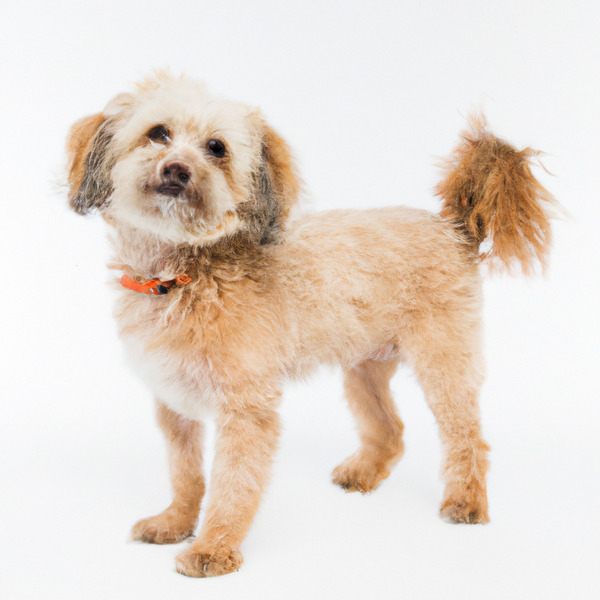
Pomapoo
Labraheeler vs Pomapoo
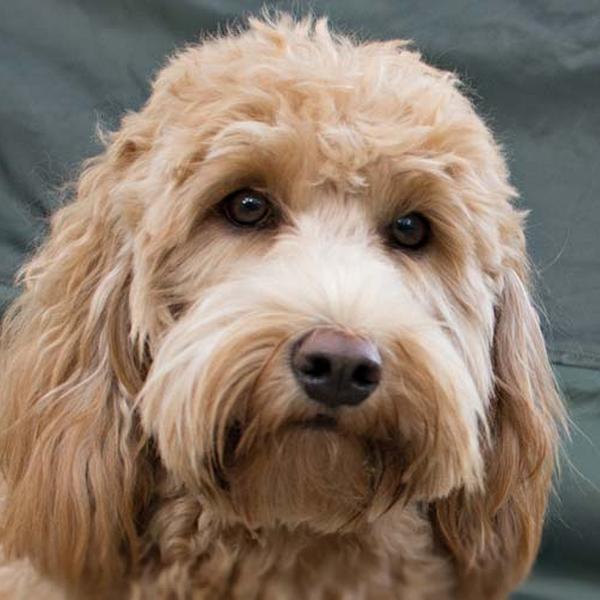
Double Doodle
Labraheeler vs Double Doodle
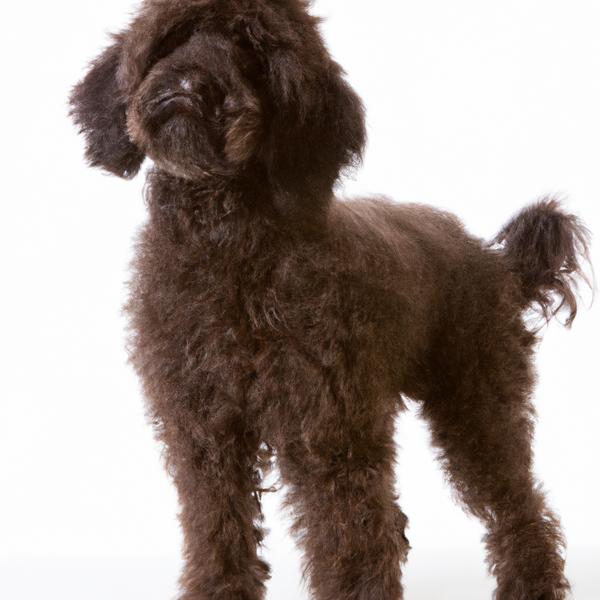
Affenpoo
Labraheeler vs Affenpoo
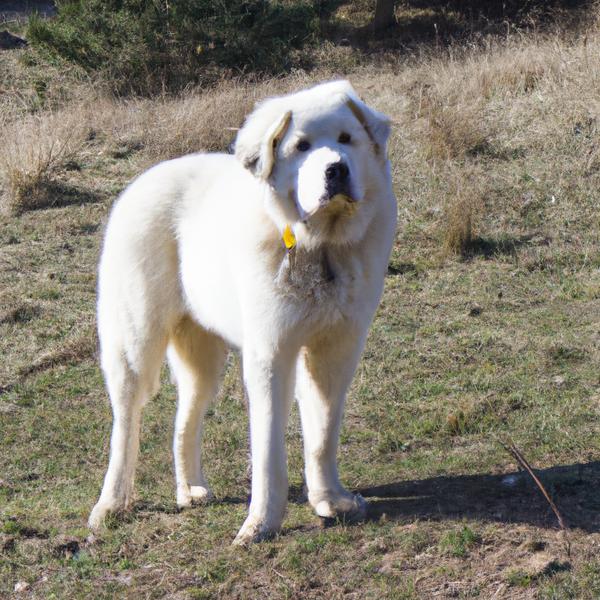
Saint Pyrenees
Labraheeler vs Saint Pyrenees
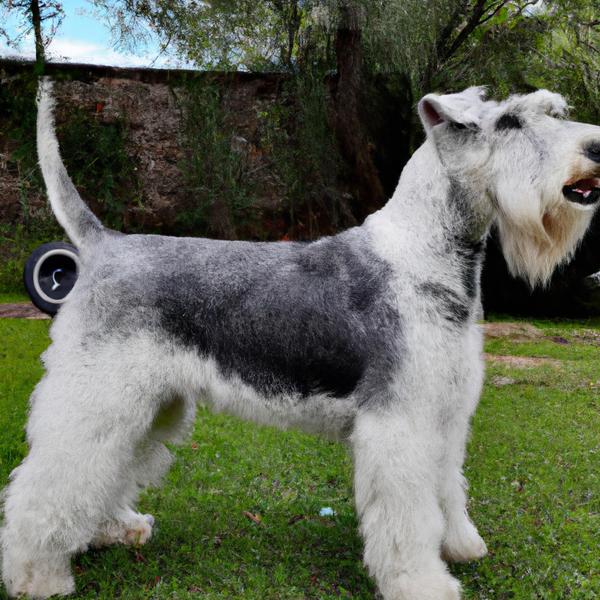
Sealydale Terrier
Labraheeler vs Sealydale Terrier
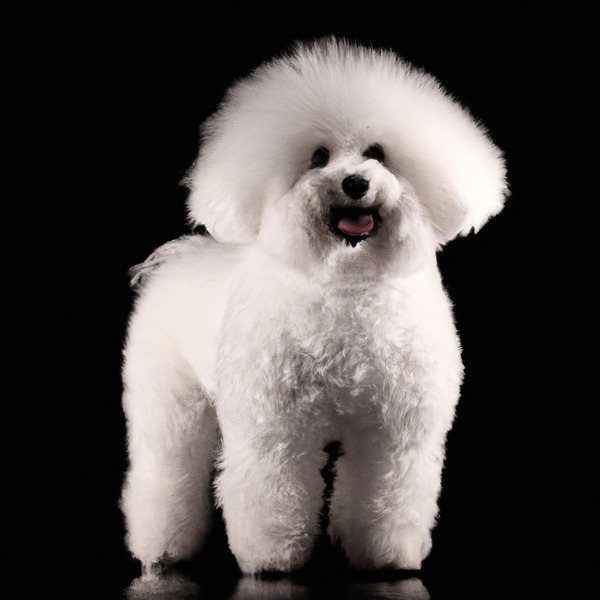
Bolognese
Labraheeler vs Bolognese
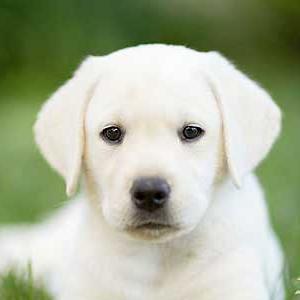
Labrador Retriever
Labraheeler vs Labrador Retriever
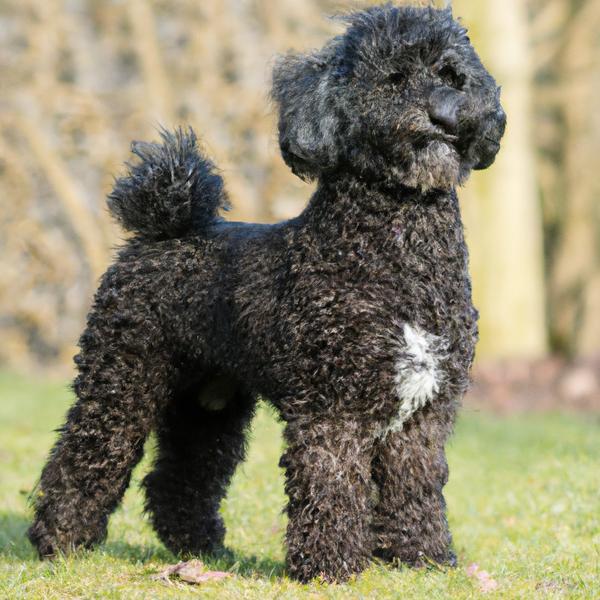
Schipper-Poo
Labraheeler vs Schipper-Poo
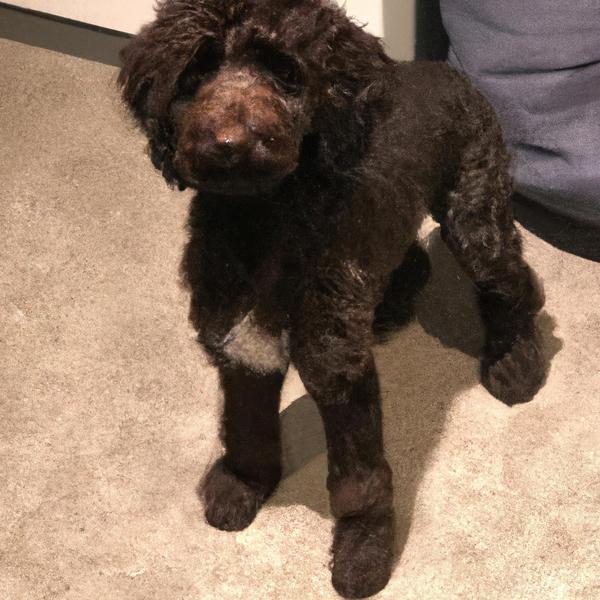
Beardoodle
Labraheeler vs Beardoodle
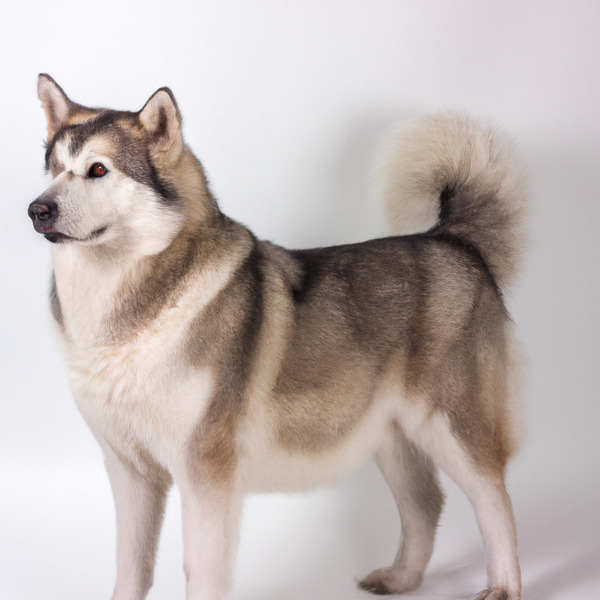
Chusky
Labraheeler vs Chusky
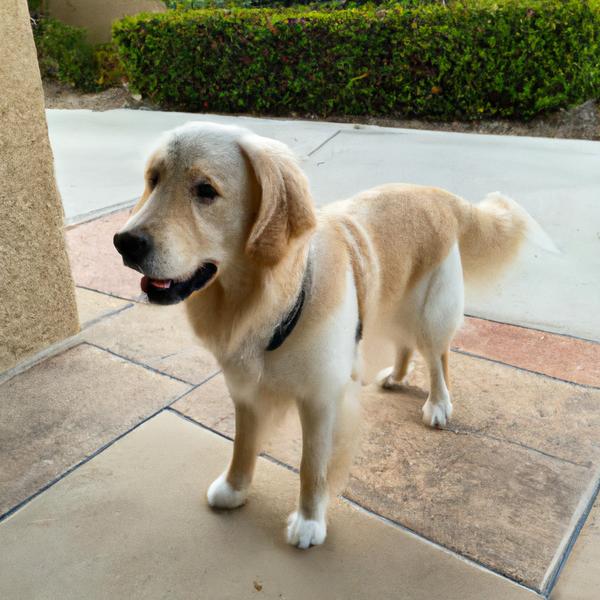
Petite Golden Retriever
Labraheeler vs Petite Golden Retriever
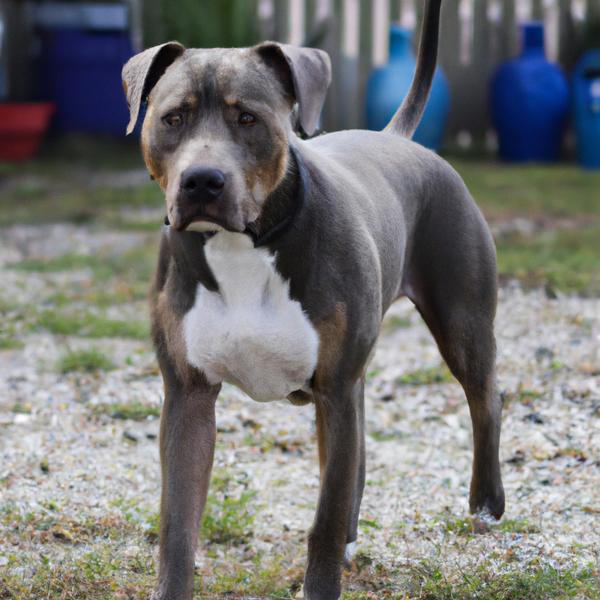
Greybull Pit
Labraheeler vs Greybull Pit

